Submitted by WA Contents
OMA revives Shanghai’s historic site with vivid building typologies
China Architecture News - Apr 06, 2017 - 14:00 19913 views
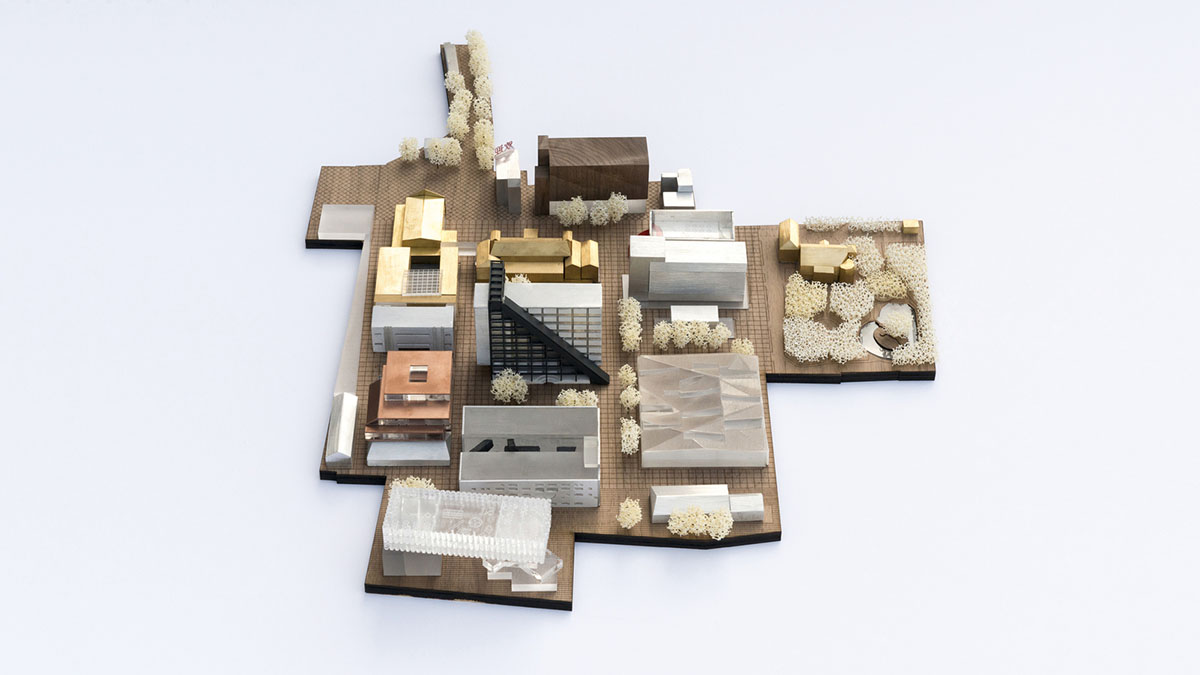
Rem Koolhaas' firm Office for Metropolitan Architecture (OMA) transforms Shanghai's historic site with a vivid and colourful masterplan by protecting the rich and layered history of the centre. OMA's proposal-called Columbia Circle-will be the second project built in the centre of Shanghai. But, Columbia Circle is the first urban renewal project of OMA in Shanghai in terms of its scale.
Developed by Vanke, OMA is collaborating with ECADI (LDI) and West 8 on this project. The transformation of the project occupies a 4.7 ha (47,000 square meters) area, proposing a publicly accessible mixed-use program.
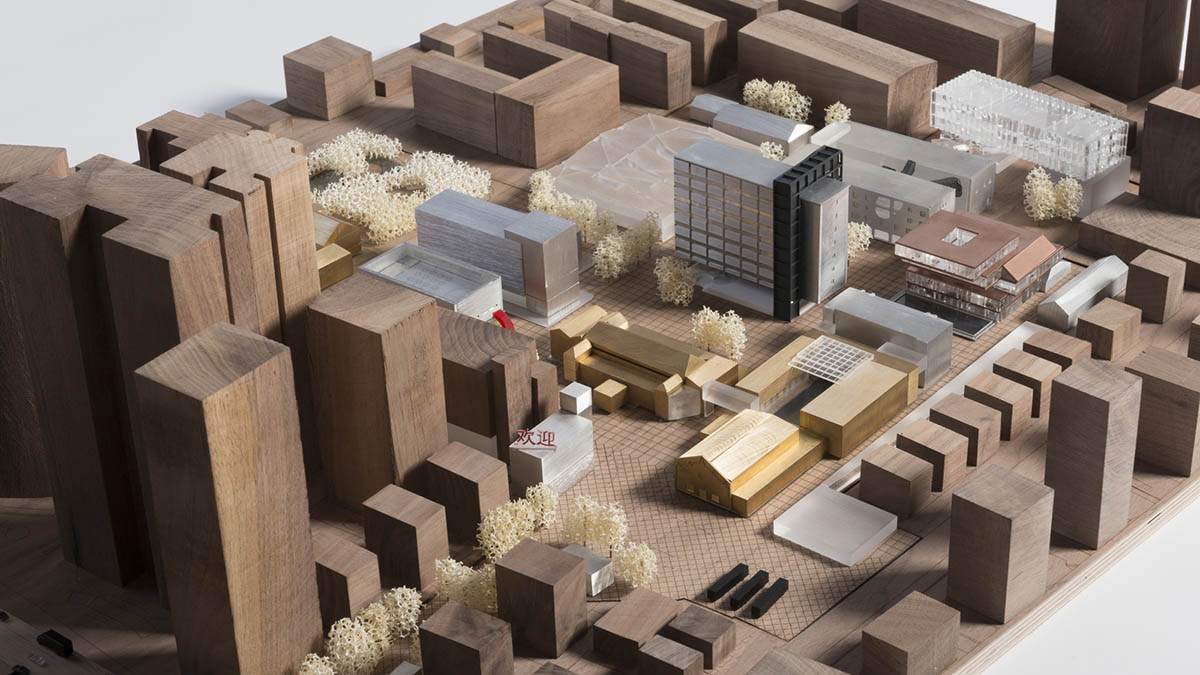
Image © Frans Parthesius
Shanghai's historic district-originally named as Columbia Country Club-features was built in the 1920s during Shanghai’s grand epoch. The club’s original buildings were designed in 1924 by American architect Elliott Hazzard for the American elite society and includes the former clubhouse, a gym and an outdoor pool.
Another historical building on the site is a villa designed by Hungarian architect László Hudec in 1930, previously owned by Sun Ke, the son of Sun Yat-sen.
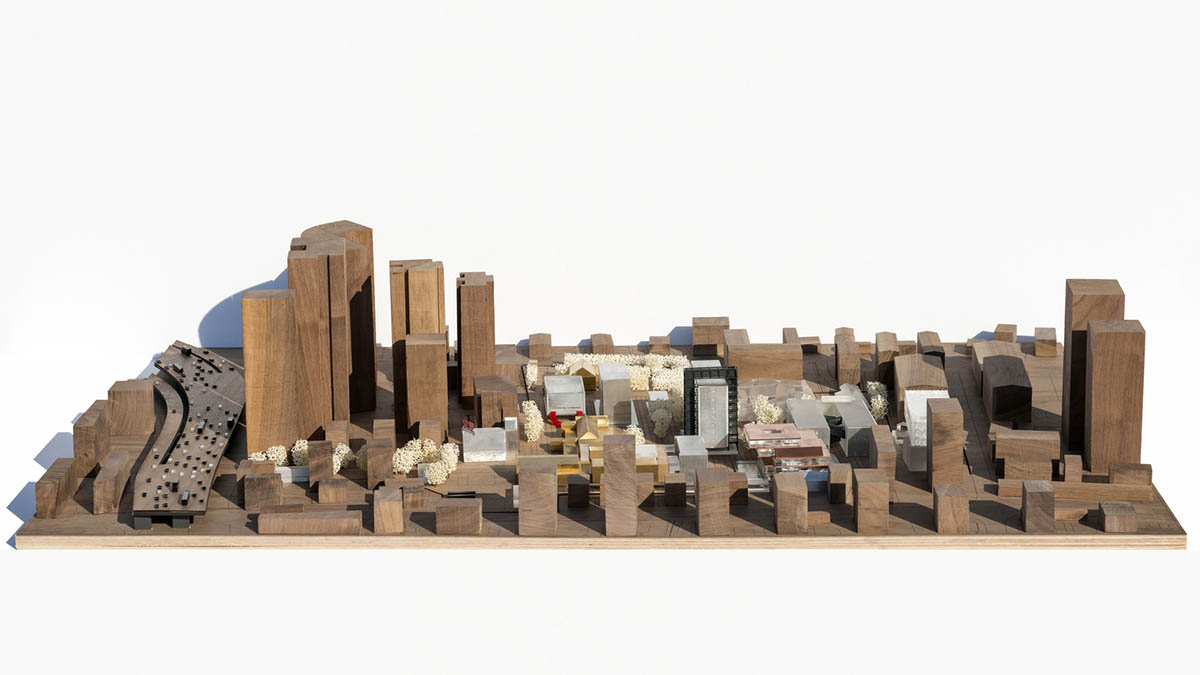
Image © Frans Parthesius
In 1952 the Shanghai Institute of Biological Products took over the site and the original buildings, and gradually developed a research campus with production facilities, offices, warehouses and laboratories.
Due to the nature of the Institute and it was disconnected from the surrounding urban development, the compound was developed in a vacuum.
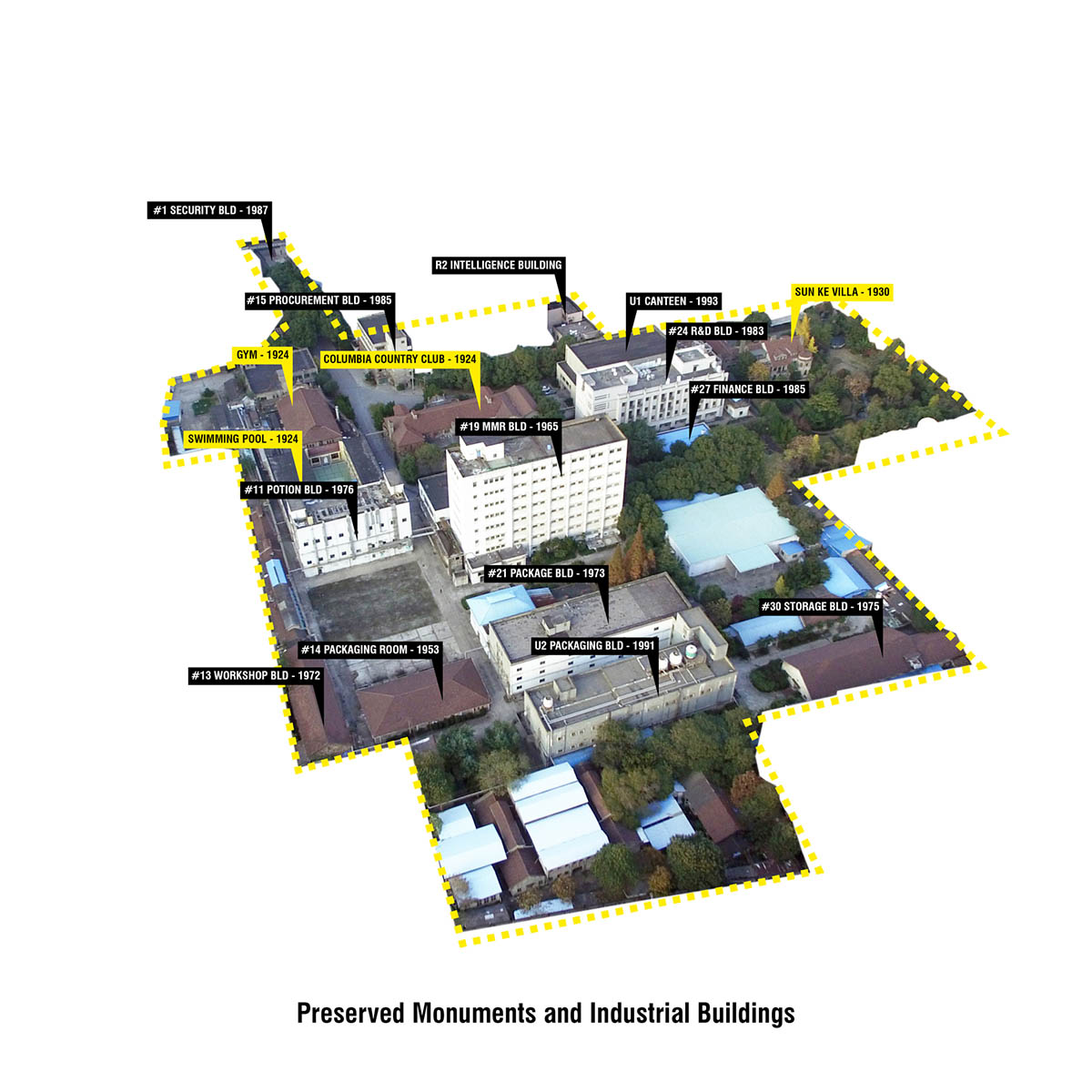
Image © OMA
The Shanghai Institute of Biological Products (SIOBP) has ceased its activities during those days and the site lay idle, waiting to be rediscovered. When the potential of the historical site was recognized, it triggered a range of proposals for redeveloping the site into a lively public area with commercial and cultural spaces, restaurants and offices for creative business.

Image © OMA
The historic site consists of the three prewar monuments in Spanish Colonial Revival Style referring to its architectural legacy. In addition to the three monuments, the historic district contains nearly 40 other structures, all built between the 1950’s until after 2000.
Although architecturally not exceptional in quality, the former SIOBP buildings and facilities provide examples of a variety of styles, that together form a meaningful collection. In this context, OMA proposes a rich masterplan by reorganising the historical layers through a limited material palette, turning into a special visual configuration.
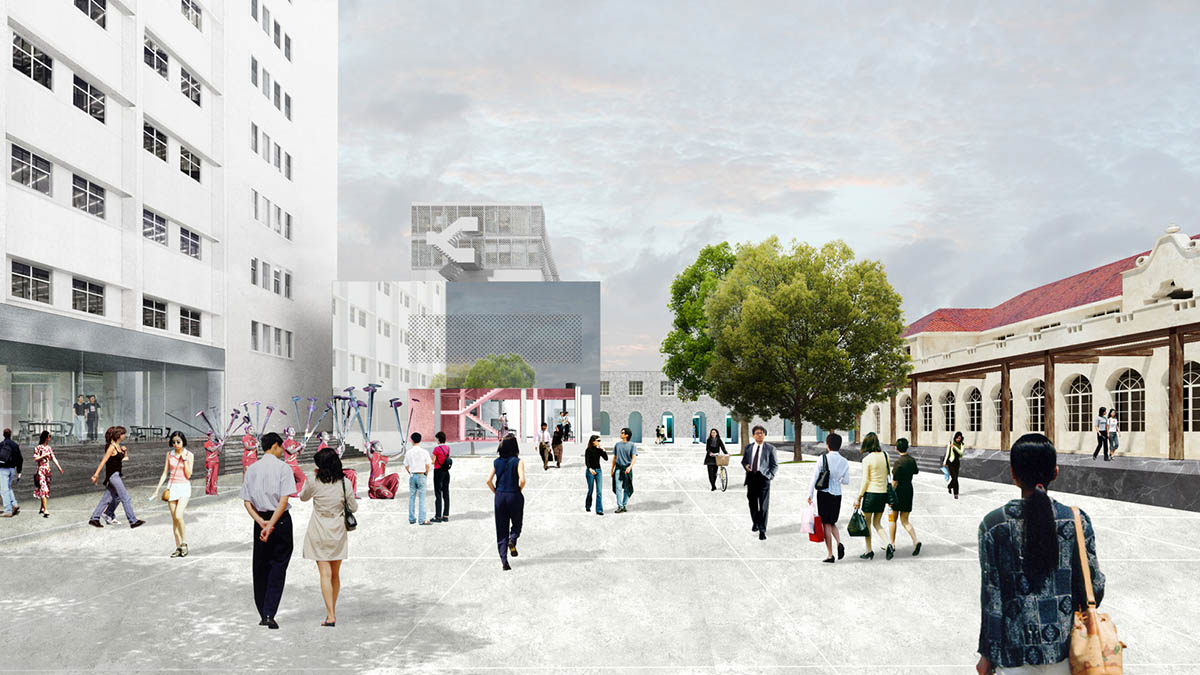
Image © OMA
''Preservation does not limit itself to the officially acknowledged monuments, but can also respect other architectural layers developed over time. OMA’s renewal strategy combines the careful transformation of both the monuments and the industrial buildings with the introduction of three new buildings,'' stated OMA.
''The new buildings extend the repertoire of spaces and offer programmatic possibilities not available in the existing buildings. For each industrial building, we propose a specific program and architectural transformation, sometimes adding, sometimes removing volumes.''

Image © OMA
''Where possible we maintain the raw existing facades, and where needed propose new openings and renewed façade finishes. The transformations introduce a limited number of new materials to the site, modern but complementary to those existing.''
Led by OMA Partner Chris van Duijn, OMA's new masterplan presents the combination of colonial monuments, industrial buildings and new modern buildings resulting in a rich collection of spatial typologies.
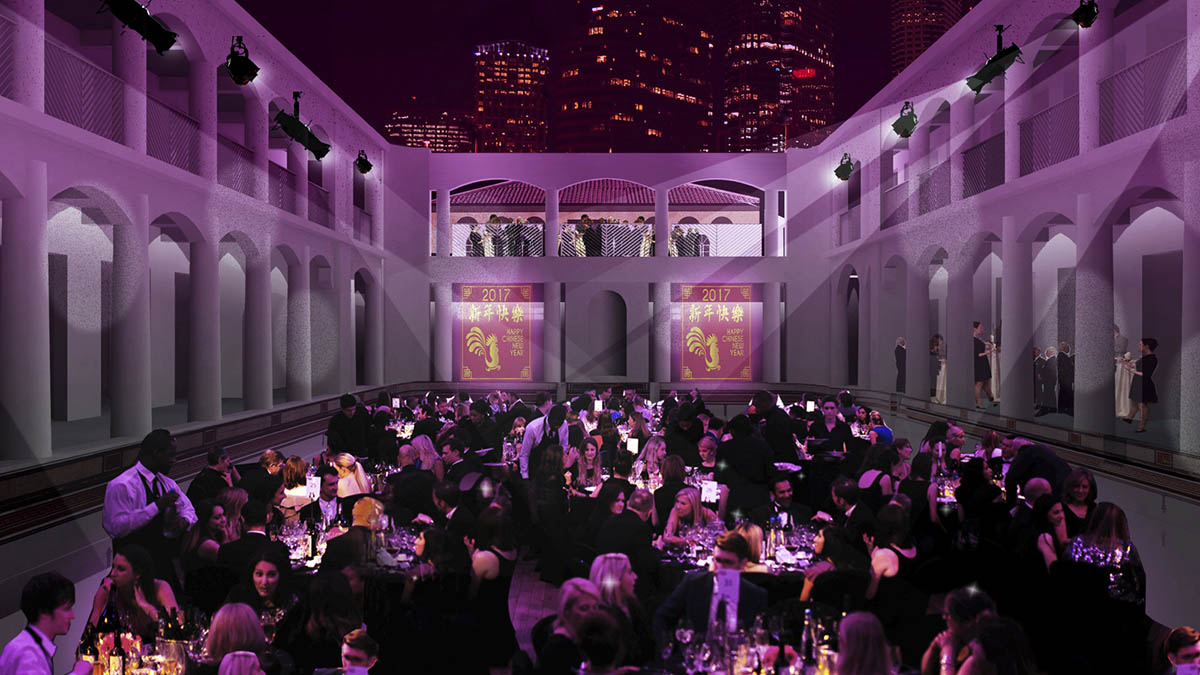
Image © OMA
''The mix of commercial and cultural activities, restaurants and creative business combined with alluring public spaces will attract a broad public. After half a century of inaccessibility, Columbia Circle has the potential to become a prominent public space in Shanghai again.''

Image © OMA
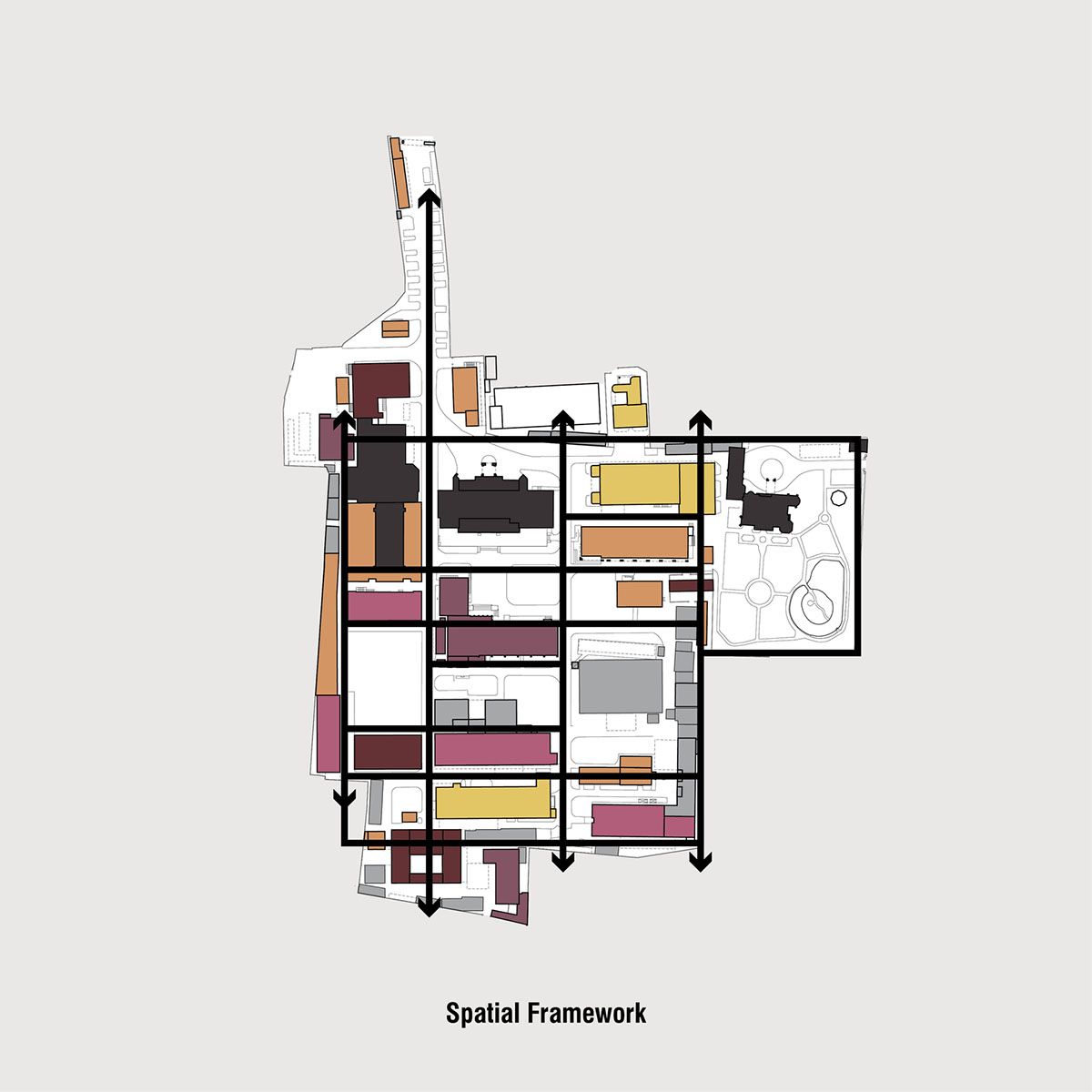
Image © OMA
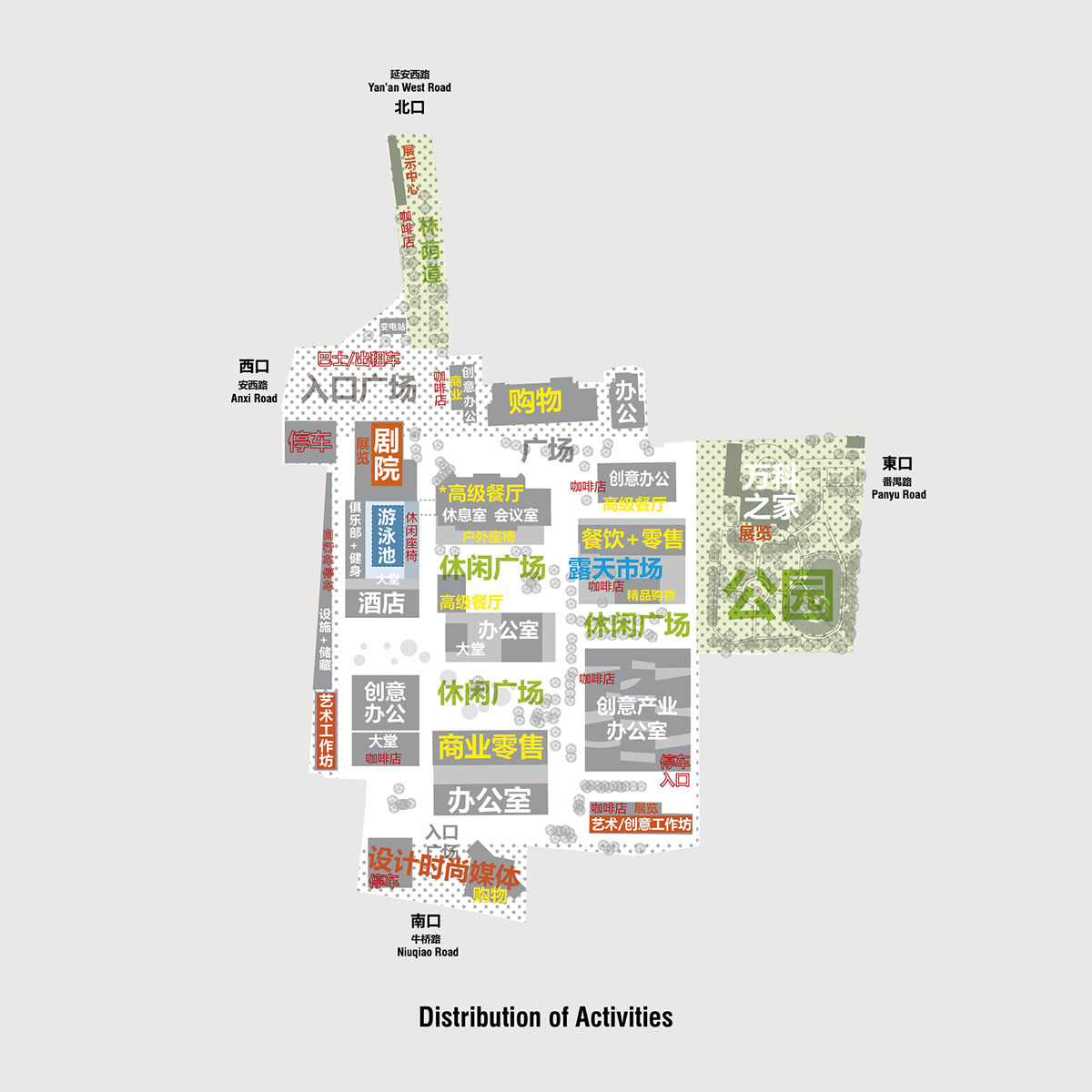
Image © OMA
OMA currently completed its first project in Shanghai with Lujiazui Harbour City Exhibition Centre, made up of a giant cantilevered box. OMA's mega-steel mass features exhibition spaces, the centre houses an auditorium, a foyer, an inclined walkway and a covered plaza, framed by the massing of the building.
The hard-working studio also completed its first UAE project-named Concrete -built with poly-carbonate cladding and sprayed façade and the firm is currently working on a new masterplan for Tirana, Albania. Reinier De Graf, Partner at OMA, announced the project through a video-presentation in February.
Top image © Frans Parthesius
> via OMA
